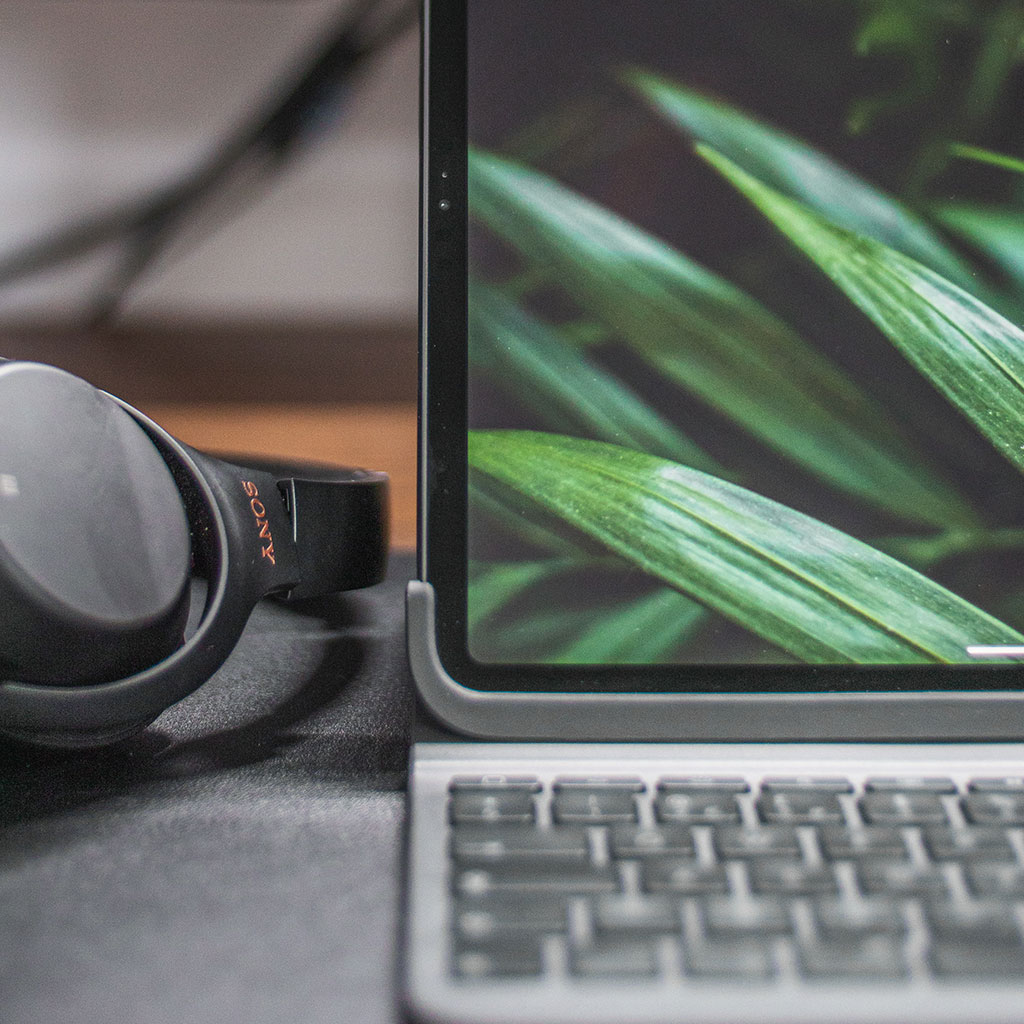How to free up space on iPad
How to free up space on iPad
Running out of storage space on your iPad can be frustrating, but there are several effective ways to reclaim precious storage and optimize your device’s performance. In this article, we’ll provide you with a comprehensive guide on how to free up space on your iPad, whether it’s for new apps, photos, or smoother overall functionality.
What is taking up space on my iPad?
Understanding what’s consuming storage space on your iPad is crucial for effective management. Several factors contribute to storage usage on your device.
Firstly, your photo library can be a significant space occupier, especially if you capture many photos and videos. Additionally, media files like music, videos, and downloaded podcasts can consume substantial storage. Apps, both pre-installed and downloaded, also contribute to storage usage. Games and multimedia apps often take up the most space. Beyond this, your iPad may accumulate browser cache and temporary files from web browsing if you frequently use Safari or other browsers. Cloud storage services like Google Drive or iCloud might store files locally on your device, taking up space if you have large files stored offline.
To identify what’s using your storage, go to the Settings app on your iPad, then select “General” and “iPad Storage.” Here, you’ll see a detailed breakdown of what’s consuming space, including app usage, photos, and media, making it easier to pinpoint what areas require attention. This information allows you to make informed decisions on how to free up space and manage your iPad’s storage capacity effectively.
Discover the ultimate secret to liberating precious space on your iPad!
Freeing up space on your iPad is essential to maintain its performance and ensure you have room for new apps, photos, and files. Here’s a comprehensive guide on how to declutter and optimize your iPad’s storage:
1. Check Storage Usage:
- To view a breakdown of what is using your storage space, navigate to “iPad Storage” in the “General” section of your device’s settings. This will help you identify where to start.
2. Delete Unwanted Apps:
- Go through your apps and delete those you no longer use. Tap and hold an app icon, then select “Delete App.” You can always re-download them from the App Store if needed.
3. Clear Safari Cache:
- In “Settings,” scroll down and select “Safari.” Tap “Clear History and Website Data” to remove website caches and browsing history.
4. Manage Messages:
- In the Messages app, delete old message threads with photos and videos by swiping left and tapping “Delete.”
5. Remove Unused Photos and Videos:
- Review your Photos app and delete duplicates, blurry shots, or photos you no longer need. Consider transferring important photos to iCloud or a computer for backup.
6. Optimize Photo Storage:
- Enable “Optimize iPhone Storage” in “Settings” > “Photos.” This stores full-resolution photos in iCloud and keeps smaller versions on your iPad, saving space.
7. Use iCloud Photos:
- Enable iCloud Photos to store your entire photo and video library in iCloud. You can access your media on-demand and download them when needed.
8. Clear App Cache:
- Some apps store a lot of data. Go to “Settings” > “General” > “iPad Storage,” select an app, and tap “Offload App” or “Delete App” to clear its cache.
9. Delete Downloaded Music and Podcasts:
- Remove music and podcast episodes you’ve downloaded for offline use. Stream content when needed.
10. Offload Unused Apps: – Go to “Settings” > “App Store” and enable “Offload Unused Apps.” This will automatically remove apps you rarely use but keep their data.
11. Delete Old Files: – Use the Files app to review and delete old documents and files that are no longer needed.
12. Clear Recently Deleted: – In the Photos app, go to the “Albums” tab, select “Recently Deleted,” and delete photos permanently.
13. Manage Downloads: – Check for large downloads from apps like Netflix or YouTube and remove them when no longer needed.
14. Update iOS: – Ensure your iPad is running the latest iOS or iPadOS version. Sometimes, updates include improvements to storage management.
15. Reset All Settings (Last Resort): – As a last resort, you can go to “Settings” > “General” > “Reset” > “Reset All Settings.” This will not erase your data but will reset your settings, potentially resolving storage issues.
By following these steps, you can effectively free up space on your iPad and ensure it runs smoothly while accommodating your storage needs.
How do I ensure my iPad is running the latest iOS or iPadOS version?
Ensuring your iPad is running the latest iOS or iPadOS version is essential for accessing new features, improvements, and security updates. Here’s how to do it:
- Check for Updates: Go to the “Settings” app on your iPad and tap “General.” From there, select “Software Update.” Your iPad will check for available updates. If there’s a new version, it will be displayed, along with a brief description of what’s included.
- Download and Install: Tap “Download and Install” to start the update process. If asked, enter your device passcode. Ensure that your iPad is connected to Wi-Fi and has sufficient battery life or is plugged in during the update to prevent interruptions.
- Storage Considerations: If your iPad has limited storage capacity, you may need to manage your storage before updating. You can review and delete unused apps, photos, and other files from your iPad in the “Storage” option within “Storage Settings” to create space for the update.
- Automatic Updates: You can also enable automatic updates by going to “Settings” > “General” > “Software Update” > “Customize Automatic Updates.” This option allows your iPad to automatically download and install updates when connected to Wi-Fi and charging.
By regularly checking for and installing updates, you ensure that your iPad remains current with the latest features and security enhancements, helping maintain its optimal performance and functionality.





You must be logged in to post a comment.